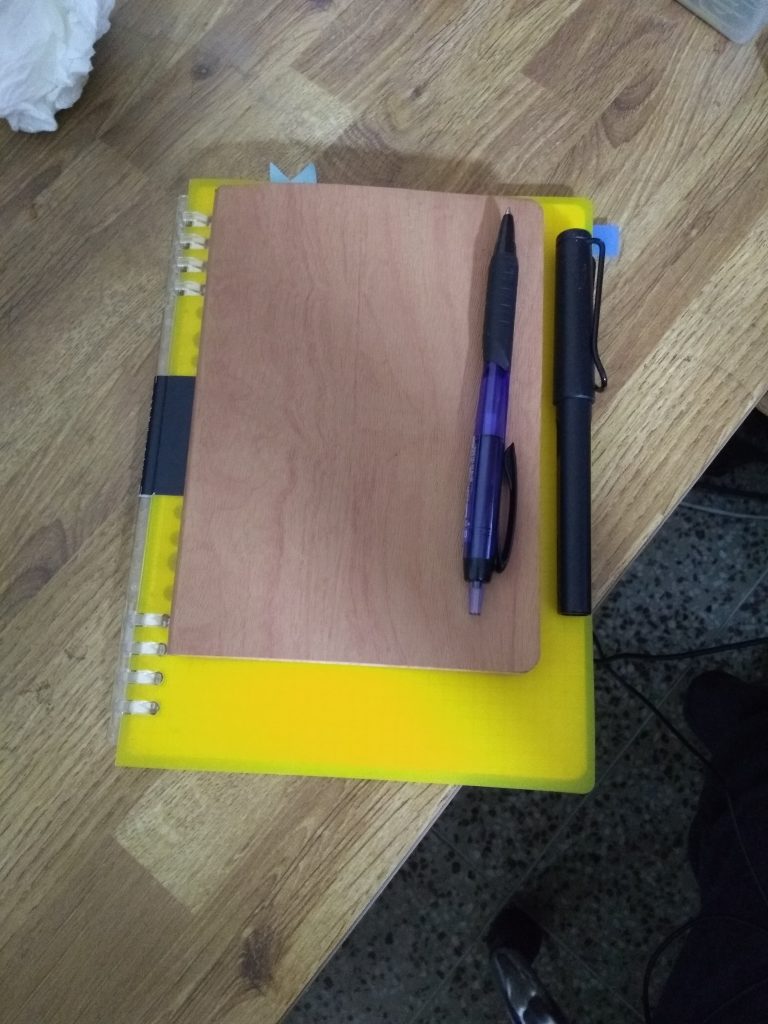Feb 12th was my last day at Red Hat. I sent a very similar version of this blog post as a note to my colleagues as well. It’s been a fun nearly 3 years working at Red Hat and wearing the Red Hat fedora[1]. I’ve had a wonderful time working for Red Hat both from the New Delhi and the Mumbai offices. I’ve enjoyed the odd visits to Bangalore over the last few years. I’m very grateful for my time here and it’s time to move onto bigger adventures elsewhere.
In 2015, I did not think that a chance conversation with Sankarshan at FUDCon Pune would lead to interviewing at Red Hat 6 months down the line and subsequently working here. Over my 11-year career, this is the first time I’ve had a fantastic manager who has been both a friend and a mentor. Remote work is challenging in general. I could not have pulled off dealing with the various challenges if it weren’t for Sankarshan’s help and encouragement. I’m grateful for the office mangers in Delhi and Mumbai for giving me a second home for when I wanted to meet people[2].
I’m leaving here with great memories, friendships, and great lessons learned. I’ve had the opportunity to help stabilise Gluster infrastructure. When I look back to how things looked, I’m grateful that it’s a sea of change. I could not have been successful at Red Hat without the help of folks in my team in Gluster and in other parts of Red Hat. In particular, I’m grateful to Sankarshan, Alfredo, Amye, Atin, Jeff Darcy, John Strunk, Nithya, and Shyam.
The fondest and funniest memory of my time at Red Hat is going to be about that time when Jenkins started speaking French. If you don’t remember or you don’t know about this, you should read the post-mortem[3] for that failure. I wrote a blog post about it last week as well.
I will no longer be a Red Hat employee, but I’m still going to be a Gluster community member. I’ve been on Freenode for than 10 years and I suspect I’ll continue to be there for many years to come. If you want to stay in touch, IRC is going to be the best way to reach me and have me respond.
[1]: I didn’t actually get my Red Hat Fedora, but let’s not get into semantics 😛
[2]: Or just sit in air conditioning.
[3]: Unless you want to talk to me about an infra issue, in which case, file a bug 😀
